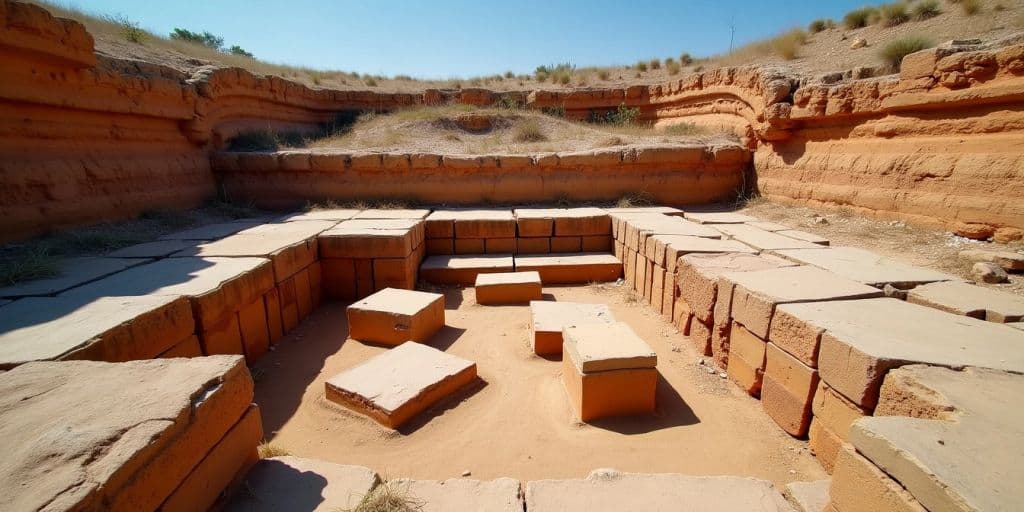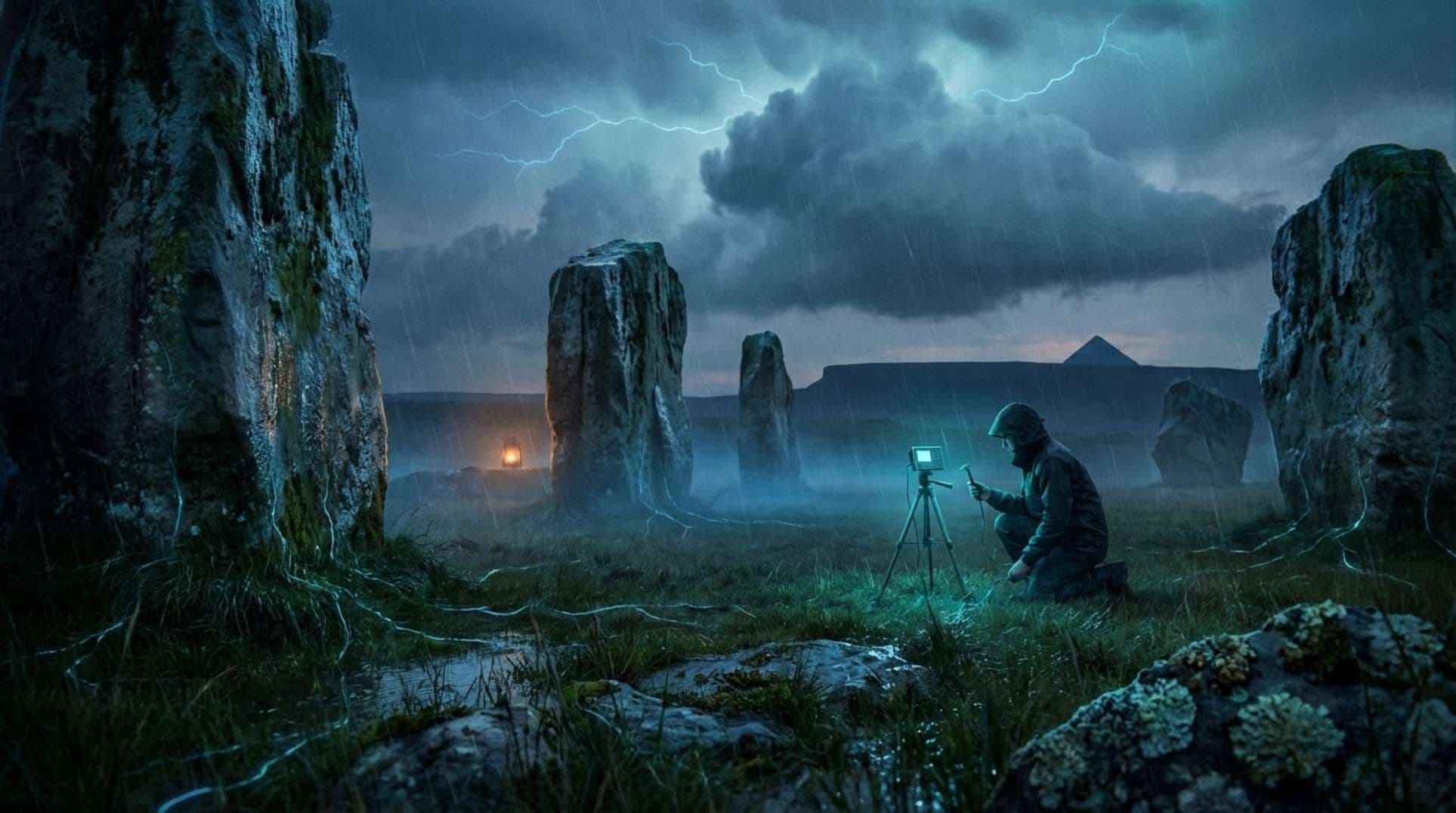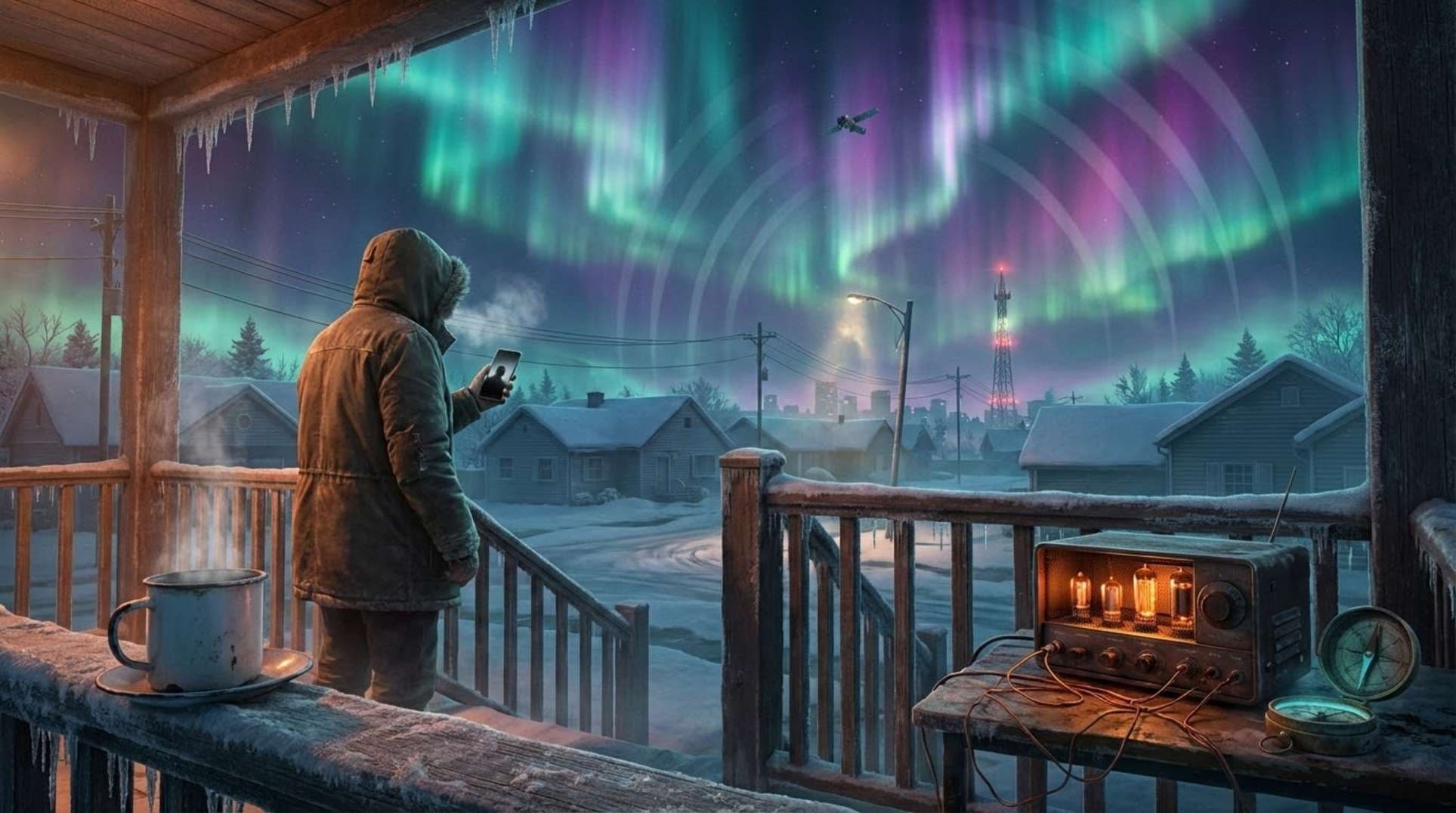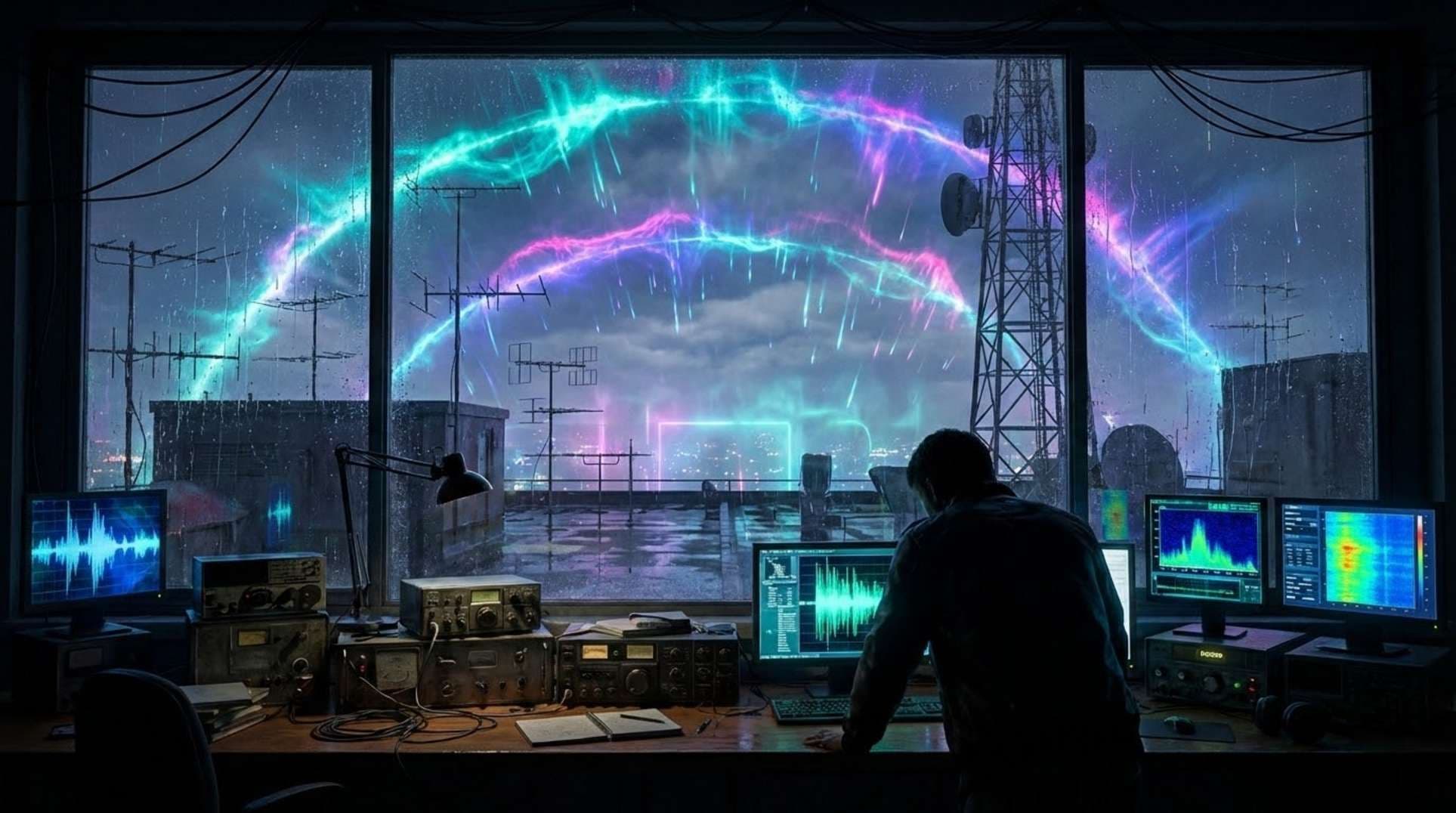History is full of secrets waiting to be discovered. From ancient civilizations to modern cities, and even within our own families, the past holds many mysteries. This article explores how we uncover these hidden histories through archaeology, technology, and personal stories.
Key Takeaways
- Ancient civilizations have many secrets that are still being uncovered today.
- Modern cities often hide layers of history beneath their streets.
- DNA testing can reveal surprising family secrets.
- Plants and nature can help us understand historical events.
- Storytelling is a powerful tool for uncovering and sharing hidden histories.
Ancient Civilizations and Their Hidden Histories
Lost Cities and Forgotten Empires
Throughout history, many ancient civilizations have risen and fallen, leaving behind lost cities and forgotten empires. These places, once bustling with life, now lie buried under layers of earth, waiting to be rediscovered. From the legendary city of Atlantis to the mysterious ruins of Machu Picchu, these ancient sites offer a glimpse into the past and the lives of those who once inhabited them.
Archaeological Discoveries That Changed Our Understanding
Archaeology has played a crucial role in uncovering the secrets of ancient civilizations. Some discoveries have completely changed our understanding of history. For example, the unearthing of the Rosetta Stone allowed us to decode Egyptian hieroglyphs, opening up a wealth of knowledge about ancient Egypt. Similarly, the discovery of the Dead Sea Scrolls provided new insights into early Jewish and Christian practices.
The Role of Technology in Unearthing Ancient Secrets
Modern technology has revolutionized the field of archaeology. Tools like ground-penetrating radar and satellite imagery have made it possible to locate and excavate ancient sites with unprecedented accuracy. These advancements have led to the discovery of previously unknown civilizations and have helped archaeologists piece together the history of ancient peoples in ways that were once thought impossible.
The Secrets Buried Beneath Modern Cities

Urban Archaeology: Digging Through Time
Urban archaeology is like a time machine, letting us peek into the past hidden beneath our feet. Cities are built layer upon layer, with each generation leaving its mark. When archaeologists dig in modern cities, they often find artifacts from different eras stacked on top of each other. This helps us understand how people lived, worked, and built their communities over time.
Hidden Layers of History in Major Metropolises
Major cities around the world are treasure troves of history. For example, in New York City, construction projects often uncover relics from the past. From old pottery to ancient foundations, these finds tell stories of the city’s evolution. In London, the layers of history are so dense that digging a new subway line can reveal Roman roads, medieval structures, and Victorian artifacts all in one go.
Case Studies: Surprising Finds Under Our Feet
- New York City: During the construction of the World Trade Center, workers found a ship from the 18th century buried in the ground. This discovery gave insights into the city’s maritime history.
- Rome: While building a new metro line, workers uncovered a 2,000-year-old military barracks. This find provided a glimpse into the life of Roman soldiers.
- Paris: Renovations at the Louvre revealed medieval moats and walls, showing the city’s defensive past.
The strange fate of steel from 9/11 reminds us that even recent history can hold mysteries. The steel from the World Trade Center has been repurposed in various ways, each piece carrying emotional and historical weight.
Urban archaeology not only uncovers physical artifacts but also helps us connect with the stories and lives of those who came before us. It’s a fascinating way to understand the continuous thread of human history.
Uncovering Family Secrets Through DNA Testing
The Rise of Genetic Genealogy
Genetic genealogy has become a popular way for people to learn about their family history. By using DNA tests, individuals can uncover hidden family secrets that were once thought to be lost forever. This method has helped many people find long-lost relatives and understand their heritage better.
Personal Stories of Hidden Histories Revealed
Many people have shared their personal stories of discovering family secrets through DNA testing. For example, one woman found out that the man who raised her was not her biological father. This revelation led her on a journey to piece together her true family history. These stories show the emotional impact and the importance of understanding one’s roots.
Ethical Considerations and Privacy Concerns
While DNA testing can reveal important information, it also raises ethical and privacy concerns. People must consider the potential consequences of uncovering family secrets. It’s important to think about how this information might affect relationships and personal identity. Balancing the quest for knowledge with respect for privacy is crucial in the realm of genetic genealogy.
Discovering hidden family secrets through DNA testing can be both exciting and challenging. It opens up new possibilities for understanding our past but also requires careful consideration of the ethical implications.
Nature’s Role in Preserving Hidden Histories
Botanical Clues to Historical Mysteries
Plants can be more than just beautiful; they can also be historical detectives. For example, certain plants found in an area can tell us about the past climate and soil conditions. This helps scientists understand how ancient people lived and what they ate. Sometimes, seeds and pollen trapped in layers of earth reveal what kinds of crops were grown long ago.
The Intersection of Ecology and Archaeology
Ecology and archaeology often work together to uncover secrets of the past. By studying the natural environment, archaeologists can find clues about how ancient civilizations interacted with their surroundings. For instance, the new forest has a unique history; from royal hunting ground to Napoleonic ship building, salt making to World War Two airfields. This kind of information helps us understand the daily lives and survival strategies of ancient people.
Case Studies: Plants as Historical Records
Plants have been used in many fascinating case studies to uncover hidden histories. For example, the discovery of ancient grape seeds in Italy helped researchers learn about early wine production. In another case, the study of tree rings has provided insights into climate changes that affected ancient civilizations. These examples show how plants can serve as living records of our past.
The Power of Storytelling in Revealing Hidden Histories

Oral Traditions and Their Historical Significance
Oral traditions have been a cornerstone in preserving histories that might otherwise be lost. These stories, passed down through generations, offer unique insights into the lives and cultures of ancient peoples. When we don’t teach accurate American history in the classroom, we empower the systems that divide and exploit us all. Oral histories can fill in the gaps left by written records, providing a more complete picture of the past.
Literature as a Tool for Uncovering the Past
Books and written narratives have the power to reveal hidden histories. Authors often delve into forgotten or overlooked events, bringing them to light for modern readers. This form of storytelling can make history accessible and engaging, allowing people to connect with the past on a personal level.
The Impact of Personal Narratives on Historical Understanding
Personal stories can transform our understanding of history. These narratives offer a human perspective that is often missing from traditional historical accounts. By sharing their experiences, individuals can highlight the emotional and social aspects of historical events, making them more relatable and impactful.
Storytelling is not just about recounting events; it’s about connecting with the past and understanding its relevance to our present and future. Through stories, we can uncover hidden truths and gain a deeper appreciation for the complexities of history.
Technological Advances in Uncovering Hidden Histories
The Use of Ground-Penetrating Radar
Ground-penetrating radar (GPR) has become a game-changer in archaeology. This technology allows scientists to see beneath the surface without digging. GPR helps locate buried structures, artifacts, and even ancient roads. It’s like having X-ray vision for the ground. This tool has been crucial in finding hidden layers of history in places we thought we knew well.
Digital Reconstruction of Historical Sites
Digital reconstruction uses computer models to recreate historical sites. This can be done using old maps, photos, and even written descriptions. These digital models help us understand what ancient cities and buildings looked like. They also allow us to explore these places virtually, making history more accessible to everyone.
The Future of Archaeological Technology
The future of archaeology looks bright with new technologies on the horizon. Drones, for example, can survey large areas quickly and provide detailed aerial views. 3D printing can create exact replicas of artifacts, making it easier to study them without causing damage. As technology advances, we will continue to uncover the secrets of the past in ways we never thought possible.
Technology is not just changing how we find historical artifacts; it’s changing how we understand them. With each new tool, we get a clearer picture of our history and the people who came before us.
Technology is making it easier than ever to uncover hidden histories. From advanced research tools to digital archives, we’re now able to explore the past in ways we never thought possible. Want to dive deeper? Visit our website to learn more and start your journey today!
Conclusion
As we dig into the layers of our past, we uncover stories that shape who we are today. The hidden histories we find can be surprising, sometimes even shocking, but they help us understand our roots and our place in the world. By exploring these secrets, we learn more about our families, our cultures, and ourselves. It’s like tending a garden; with care and patience, we can see the beauty that grows from even the most unexpected places. In the end, unearthing these stories brings us closer to the truth and to each other.
Frequently Asked Questions
What are some examples of lost cities and forgotten empires?
Some examples include the city of Atlantis, the Mayan city of Tikal, and the ancient city of Pompeii.
How has technology helped in uncovering ancient secrets?
Technology like ground-penetrating radar and digital reconstruction has helped archaeologists find and study ancient sites without digging.
What is urban archaeology?
Urban archaeology is the study of past human life and culture by digging in modern cities to find artifacts and structures buried over time.
How can DNA testing uncover family secrets?
DNA testing can reveal unexpected family relationships and ancestry, helping people learn more about their biological roots.
What role do plants play in preserving history?
Plants can act as historical records, with their growth patterns and locations providing clues about past human activities and environmental conditions.
Why is storytelling important in understanding history?
Storytelling helps pass down knowledge and experiences from generation to generation, making it easier to understand and connect with the past.




